Tip of the Month: Oh, Careful! My dog will chase… (smaller dogs, cats, chickens, rabbits … anything that runs)!
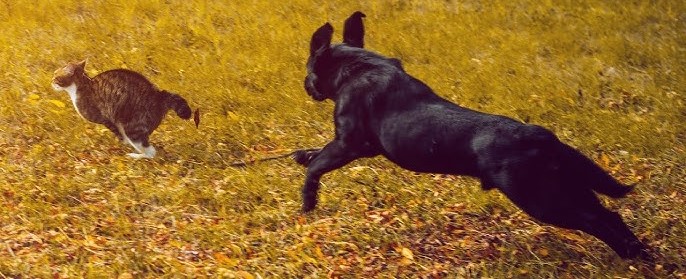
Providing a ‘custom care’ boarding kennel means I have a non-dogpark style service and accept all dog breeds and doganalities, so… I hear this comment all the time! If you've ever wondered why your dog has the inclination to chase after or run down smaller things (including other dogs),you've probably forgotten that your dog is a predator and closely related to coyotes and wolves! Coyotes and wolves are led by their prey drive; they ‘live’ to hunt, kill, and eat other animals that are smaller, weaker, or slower than them for their survival, plain and simple.
Your dog, though domesticated, still has a semblance of this urge - some dogs are stimulated more easily than others. Some dogs have a larger ‘bubble’ of self-control than others. Some dogs are innately more driven and more aggressive than others. Some dogs are drawn in when another dog triggers, even if they have previously shown no ‘prey’ interest. Unfortunately, your dog's prey drive doesn't justify your lack of control, ability to recall your dog off (of anything),or the possible terror they can cause both other critters and you, by their chase!
So, when (not if) you are horrified when you realize you have zero control of your dog when they are distracted and triggered by smaller cats, dogs, chickens, rabbits, chipmunks, mice, birds, even deer, and other larger prey animals, please realize that it is, in fact, your responsibility as your dog’s ’leader,’ to give your dog enough educated leadership, that your communication will override their desire to chase prey!
Tips to Improve Your Dog's Behavior
Other than having your dog on leash and/or muzzled all the time while out walking, what are some things you can do to improve this prey chase tendency, and how can you build better leadership with your dog to prevent this from happening in the first place?
Foundation, Foundation, Foundation
In my opinion (which may be polar opposite to other trainers and dog managers),it all comes down to foundation:
- Foundation of love
- Foundation of communicated leadership (that is understood)
- Foundation of mutual respect = control of your dog.
Foundation of Love
I consider love like your savings account. Build that up as much as possible so that you don’t get ‘overdrawn’ or ‘nsf’ when the ‘quality conversations’ with your dog get serious. Love doesn’t mean treats, by the way. Love is created with things like:
- Hanging out together
- Reading your dog’s body language and attention to their needs
- Affection without expectation
- Unconditional and sincere affection (that your dog actually likes)
Foundation of Leadership
Leadership must be created by consistent and reliable communication, without:
- Bribes
- Negotiating
- Tricking
- Distraction
- Aggression
There is a very fine line between being assertive in your communication and being aggressive to achieve an outcome.
Dogs love structure and crave reliable leadership they can trust to ‘follow’ without question or confusion. Only then will they be calm and able to think (and make good decisions). A mother dog is assertive in communicating what is expected. She will correct and make her point, with consequences. Puppies, like children, always choose the path of least resistance and the most comfort.
Foundation of Mutual Respect
Once love is not in question, and your leadership is clear and understood, respect will easily follow. Respect is:
- Not a given, just because you own and feed your dog.
- Mutual to be effective.
- Earned and easy to lose.
Many dog owners fail to establish effective communication and leadership, causing respect to be non-existent. This lack of respect leads to dogs living in a constant state of anxiety and results in poor behavior, such as chasing smaller animals.
Final Thoughts
Please, make the necessary adjustments to help your dog rely more on your communication, understand your expectations, and respect your unfailing leadership. If you need help – find it! The results will be so rewarding for both you and your dog, making life safer for everyone and allowing you to enjoy walks with your dog, distraction-free, anytime, anywhere.
For more dog health and training tips, visit Ask The Trainer. Ask me about dog-owner training today as well!


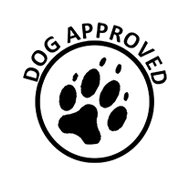
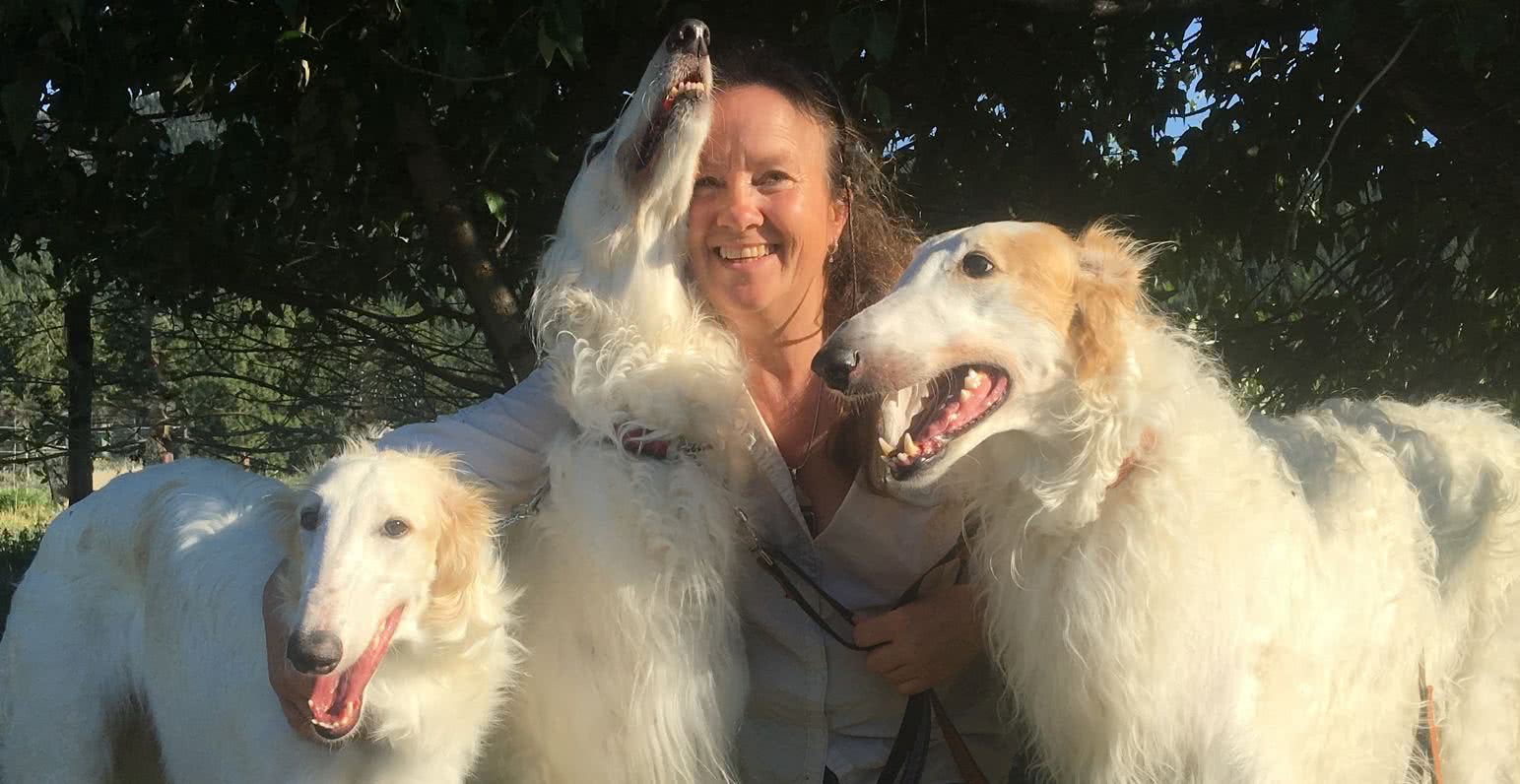

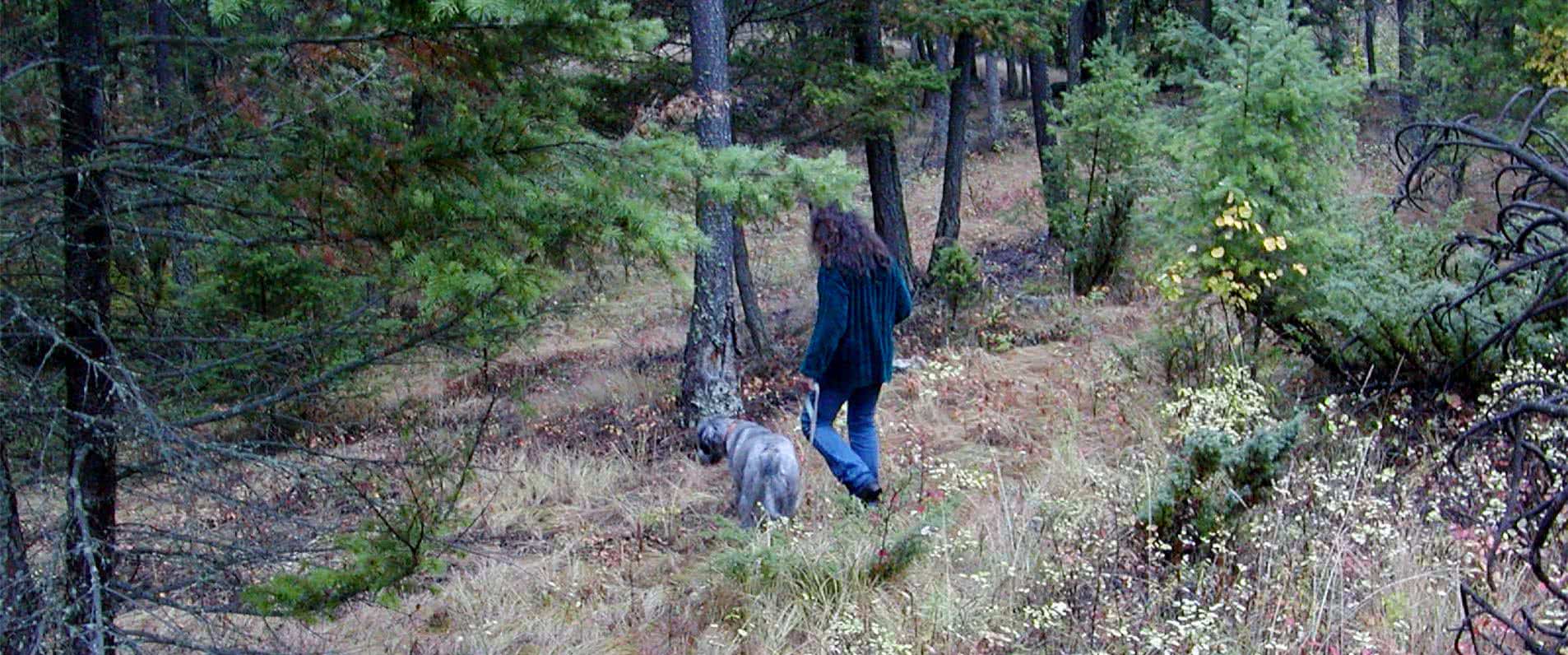
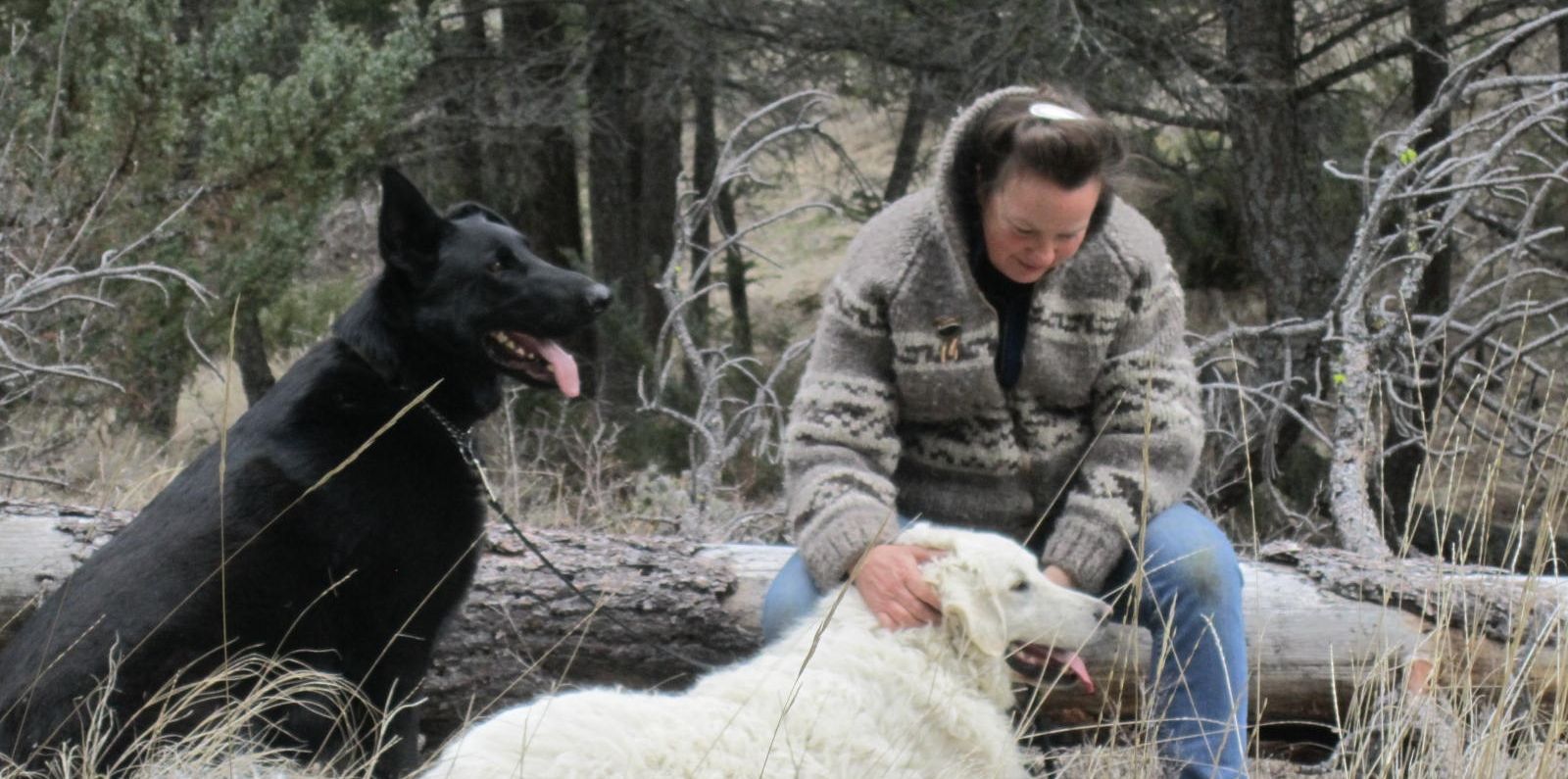
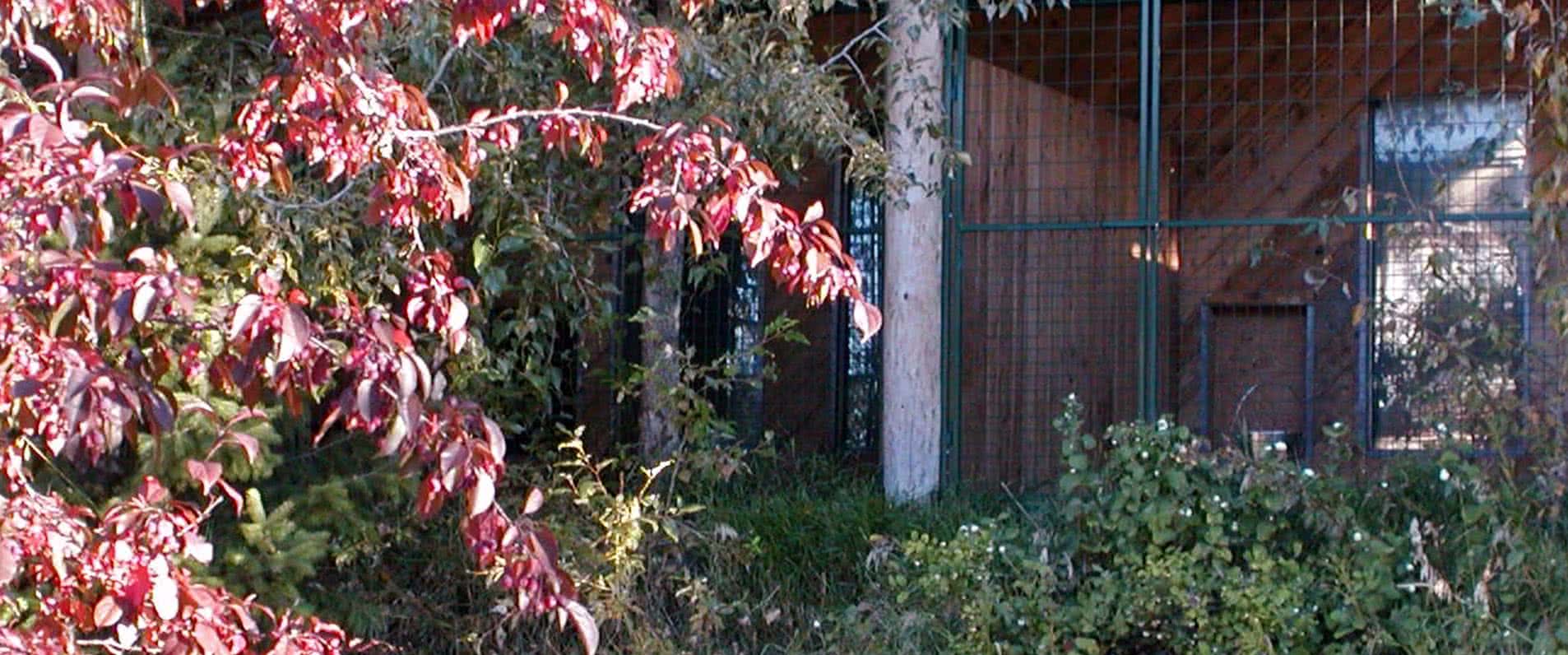
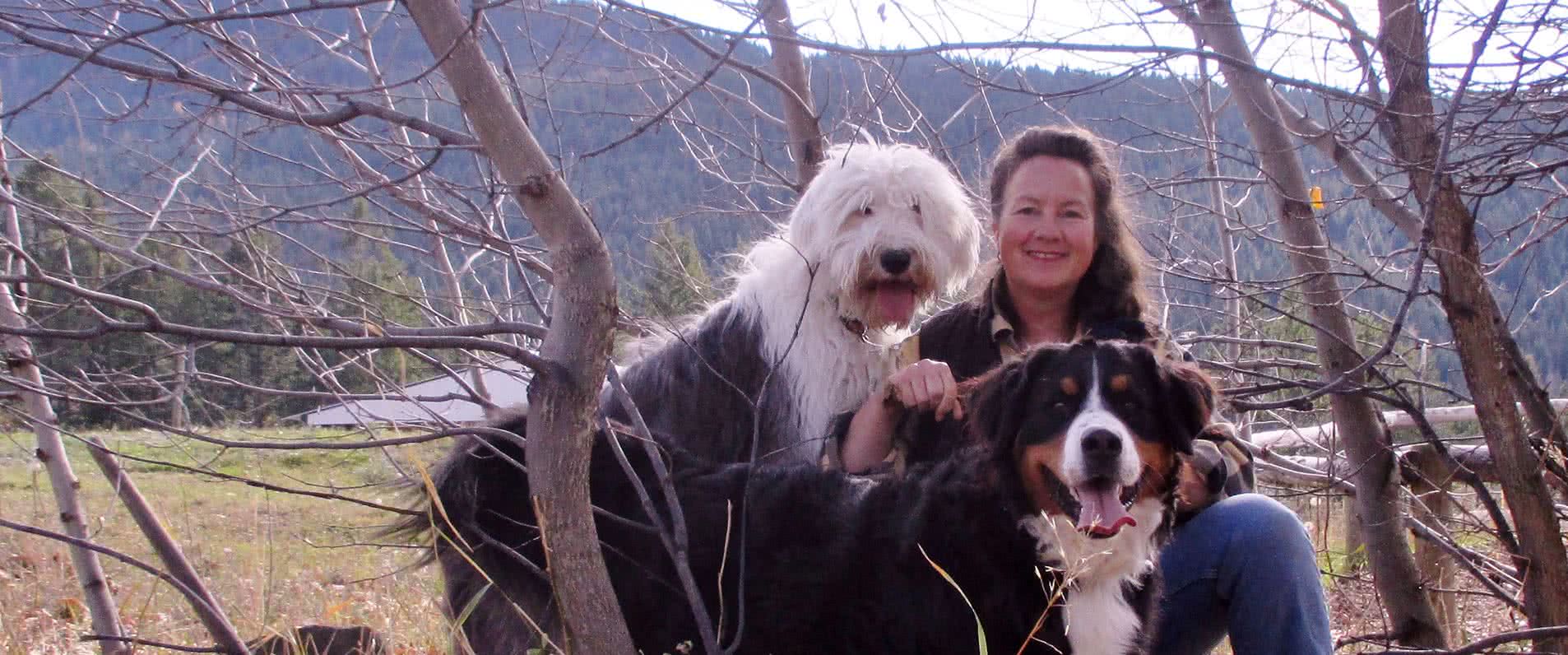


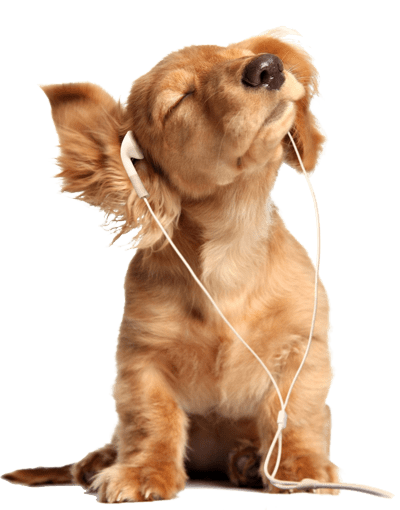
 Contact Form
Contact Form